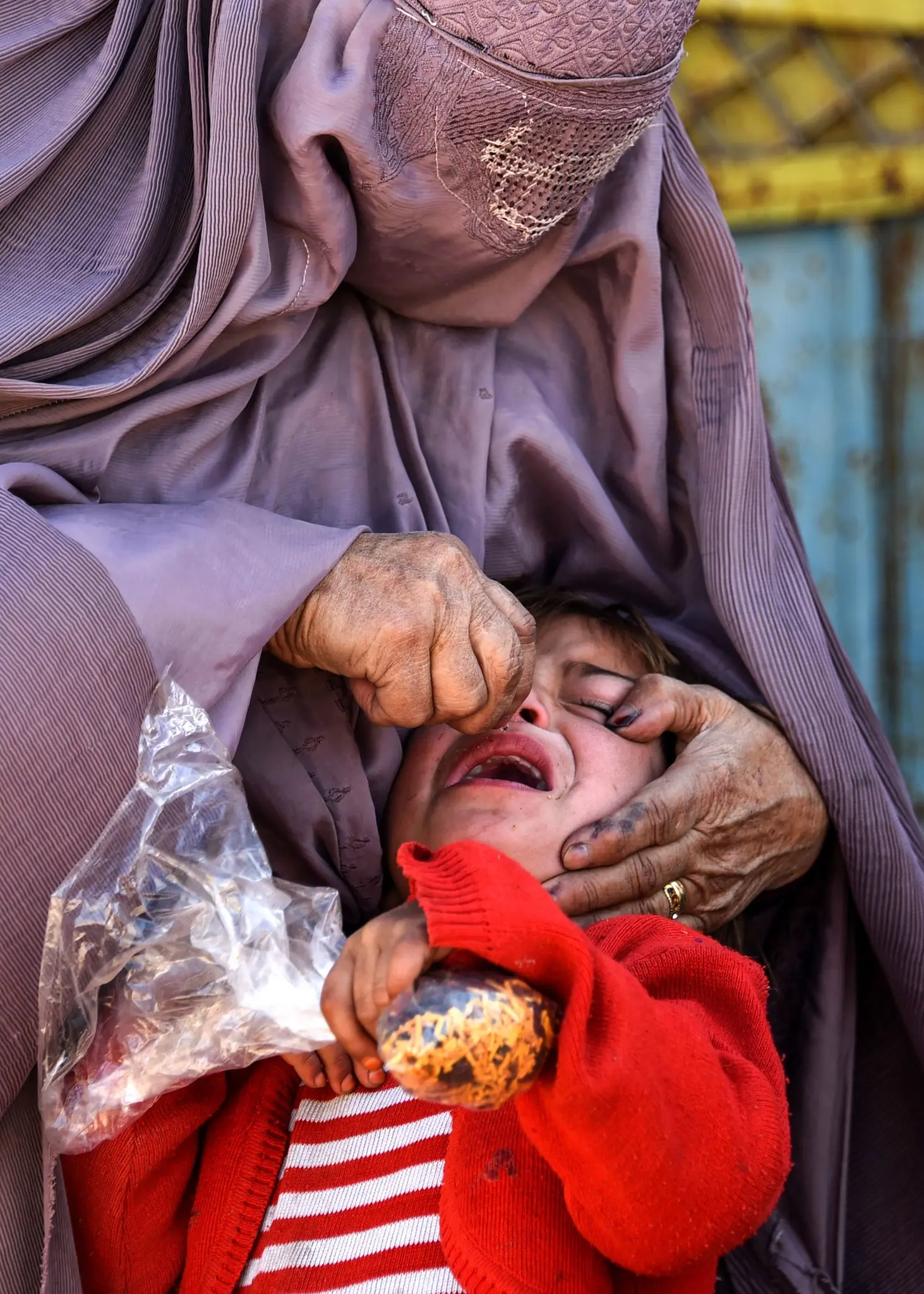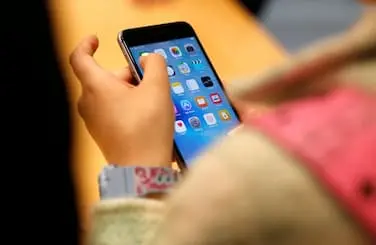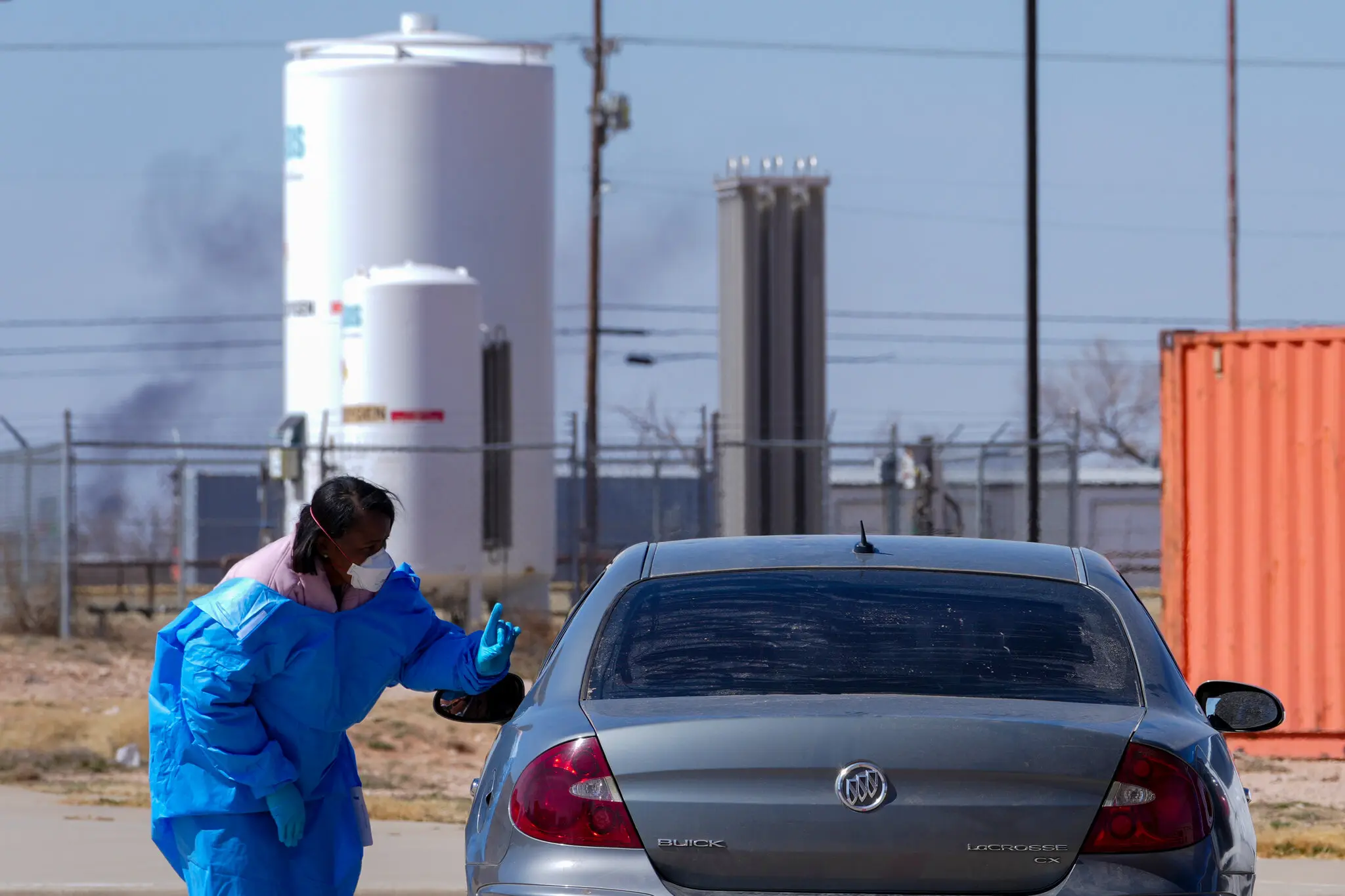Polio Resurgence Alarms Health Officials in Pakistan and Afghanistan
A recent surge in polio cases in Pakistan and Afghanistan is raising global concern. Despite years of eradication efforts, the virus continues to circulate in vulnerable communities, posing a threat to regional and global health security.
After years of progress toward eradication, a troubling surge in polio cases in Pakistan and Afghanistan has reignited concerns about the resilience of the virus and the fragility of public health infrastructure in regions affected by conflict, misinformation, and poor healthcare access. Health authorities in both countries—and globally—are sounding the alarm as the number of confirmed polio cases climbs, raising fears of international spread. As of mid-2025, Pakistan has reported 23 new cases of wild poliovirus type 1, while Afghanistan has confirmed 17 cases, many in remote or conflict-prone areas where vaccination campaigns face significant resistance.
The uptick represents a dramatic increase compared to previous years and underscores the challenges of reaching every child with lifesaving vaccines. ### A Virus That Refuses to VanishPolio, or poliomyelitis, is a highly infectious viral disease that primarily affects children under the age of five. It spreads through contaminated food and water and can invade the nervous system, leading to paralysis or even death.
While there is no cure, vaccination is nearly 100% effective in preventing the disease. Since the launch of the Global Polio Eradication Initiative (GPEI) in 1988, worldwide cases have plummeted by more than 99%. Wild poliovirus has been eradicated from nearly every country except for Pakistan and Afghanistan, the last two strongholds of the disease.
### What's Behind the Surge?Experts point to a combination of factors fueling the recent resurgence:- Disrupted Vaccination Campaigns: Political instability, natural disasters, and armed conflict have repeatedly delayed or disrupted routine and supplemental immunization rounds. - Vaccine Hesitancy: Persistent myths, religious misinformation, and fear have led to community resistance in several districts. - Mobile Populations: Displaced communities and nomadic groups are harder to reach and often fall outside of national health registries.
- Targeted Attacks on Health Workers: In both countries, militant groups have attacked polio vaccination teams, viewing them as symbols of Western intervention or state control. These attacks have created widespread fear among healthcare workers and further hampered outreach. “Insecurity and distrust are the biggest enemies of eradication,” said Dr.
Hamid Jafari, Director of Polio Eradication at the WHO’s Eastern Mediterranean Region. “We have the tools, the vaccines, and the knowledge. What we struggle with is access and community confidence.
”### A Human TollFor families affected by polio, the consequences are devastating. In rural Khyber Pakhtunkhwa, Pakistan, a 3-year-old boy named Imran recently became paralyzed after contracting polio—a disease his family believed had disappeared. “We didn’t know it still existed,” said his father, visibly shaken.
“Now, my son can’t walk. ”In Afghanistan’s Kandahar Province, an outbreak in a nomadic community has left several children hospitalized. Local doctors report a surge in neurological symptoms among unvaccinated children, and NGOs are rushing to deliver medical supplies and vaccine doses to temporary camps.
### Cross-Border CoordinationThe porous border between Pakistan and Afghanistan is a known hotspot for polio transmission. Families, traders, and nomadic groups frequently move between the two countries, making it difficult to track and immunize every child. In response, the WHO and UNICEF have stepped up cross-border vaccination coordination, deploying joint teams at major transit points, border crossings, and refugee camps.
“We’ve established permanent transit vaccination posts, but they’re just one part of the puzzle,” said Dr. Fareeda Khan, a regional WHO coordinator. “We also need mobile units, cultural liaisons, and trust-building in every village.
”### Global ImplicationsAlthough confined geographically, the resurgence of polio in Pakistan and Afghanistan poses a risk to the global community. The virus does not respect borders, and international travelers can unknowingly carry it to polio-free regions, especially if vaccine coverage is low. The Global Polio Eradication Initiative has categorized the current surge as a Public Health Emergency of International Concern (PHEIC), urging countries to maintain high vaccination coverage and screen travelers from affected regions.
In 2022, Malawi and Mozambique reported imported cases of wild poliovirus—originating from Pakistan—after being polio-free for years. These incidents highlight the ease with which the disease can travel. ### Renewed International ResponseIn response to the surge, GPEI partners—including WHO, UNICEF, the CDC, and Rotary International—are launching a multi-pronged effort to contain the outbreak:- Emergency vaccination campaigns targeting 40 million children in high-risk districts.
- Community mobilization initiatives to counter vaccine misinformation. - Enhanced surveillance, including wastewater testing and GPS-tracked field teams. - Security partnerships with local police and tribal leaders to protect vaccinators.
The Bill & Melinda Gates Foundation has pledged an additional $200 million in support, reaffirming its commitment to global polio eradication. “Polio can and must be stopped,” said Melinda French Gates. “We are too close to give up now.
”### The Role of Religion and MisinformationIn parts of Pakistan and Afghanistan, anti-vaccine sentiment is often fueled by rumors that the polio vaccine causes sterility, contains forbidden substances, or is a foreign plot to harm Muslims. Clerics and community elders play a crucial role in reversing this tide. In recent months, influential religious leaders in Peshawar, Quetta, and Kabul have issued public endorsements of polio vaccination, holding joint prayer gatherings and encouraging parents to protect their children.
“When the imam speaks, people listen,” said Dr. Zara Nazeer, a field officer with UNICEF. “That kind of support changes everything.
”### A Race Against TimeThe resurgence of polio comes at a fragile moment for global health. Resources are stretched, COVID-19 has left health systems battered, and fatigue has set in after decades of eradication efforts. Yet experts stress that failure now would not only reverse progress—it could unleash a global resurgence of a disease once on the brink of extinction.
“We are in the final mile,” said Dr. Jafari. “It’s the hardest part, but also the most critical.
Every unvaccinated child is a risk to all of us. ”### Looking ForwardHealth leaders say that success will depend not just on medical solutions, but on diplomacy, community engagement, and international solidarity. With a unified global response, the resurgence in Pakistan and Afghanistan can still be reversed.
But delays, underfunding, or complacency could make polio a permanent fixture once again. "We defeated smallpox through collective will and action," said WHO Director-General Dr. Tedros Adhanom Ghebreyesus.
"We can do the same with polio—but only if we don’t let up. "### Conclusion: The Window Is Narrow, But Still OpenThe return of polio in Pakistan and Afghanistan is a sobering reminder that no disease is gone until it’s gone everywhere. As cases rise and access challenges mount, the world must act with urgency, empathy, and resilience.
The tools exist. The science is proven. The path is clear.
What remains is the resolve to finish the job—before polio finds its way back to a world that once believed it had triumphed.
26th july 2025



